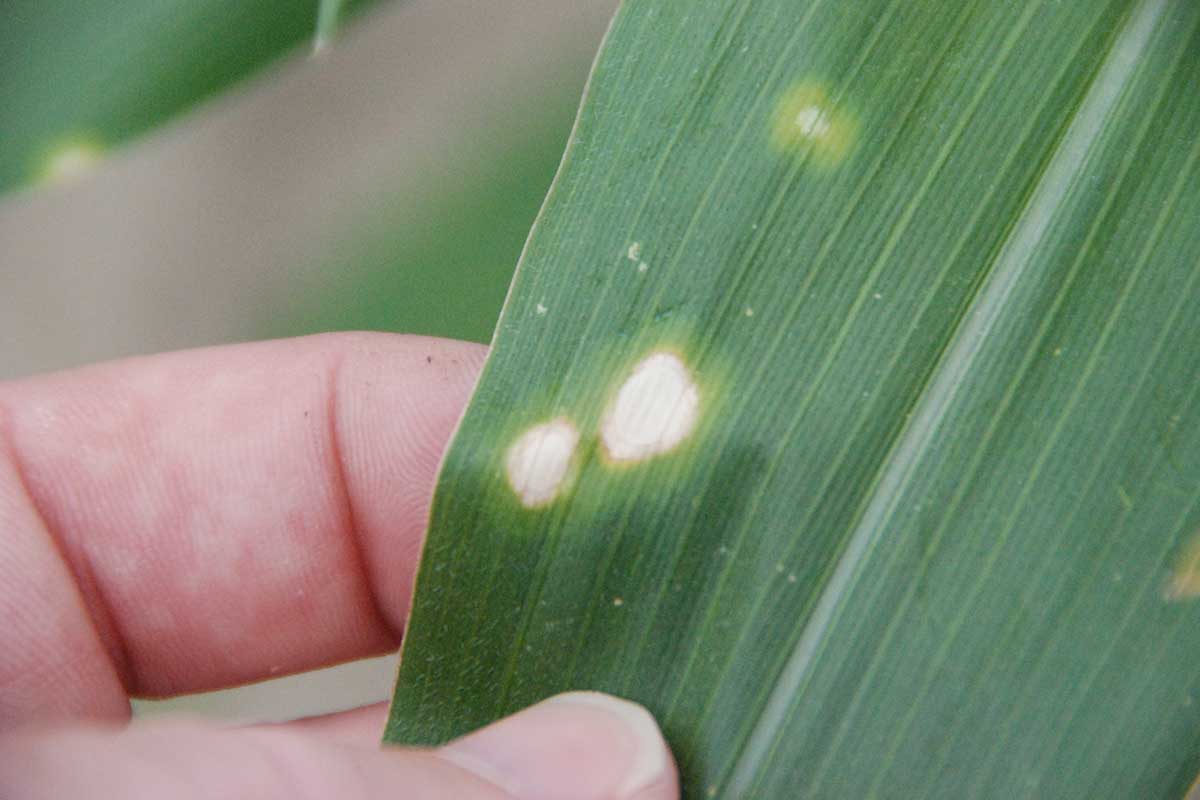How to Treat Phoma Blight
This plant condition is particularly dangerous to several ornamentals and crops. Nevertheless, there are effective preventive measures that allow gardeners to protect their plants from further infection. Moreover, it can also help them save the rest of their garden. But before anything else, what is Phoma Blight?
It is actually a fungal infection that is caused by different Phoma species. Conditions caused by these fungi are common in cool and wet environments. This fungus survives in old plant remains (usually under the plant itself) and in soil.
Evident signs of Phoma Blight include browning, wilting, and withering of plants. You should also take note that this plant infection spreads quickly; thus, you must take action as immediately as possible.
How to Treat Phoma Blight?

Completely stopping its spread can be challenging. It spreads quickly through plant beds and persists for an extended time period because the fungus survives very well in debris (often found under the plant) and in soil. Thus, without further ado, here are its preventive steps:
- Avoid overhead watering.
- Ensure a healthy amount of airflow in beds.
- Remove overhanging leaves that can limit the airflow in beds.
- Remove debris under your plants.
- Pull out dead plants or any diseased plants under healthy plants in order to stop the infection from further affecting your garden.
Treating this plant condition with fungicides can have varying results. For example, the use of copper fungicides is recommended. However, you still have to confirm this with the local nursery in order to obtain the right amount of chemicals for healthy usage.
Some of your plants may not survive this chemical, and extra caution is necessary to obtain the desired results.
Also, if phoma blight becomes a major issue in your beds, you should consider sacrificing in the meantime and pull out all the plants that are grown directly from the beds. Then, change your setup into a disease-resistant one.
As a gardener, your plants’ health should matter. Thus, it is essential to invest in disease prevention, such as buying treatment chemicals and tools and taking time to plan preventive set-ups in order to ensure optimal health conditions among your plants.



